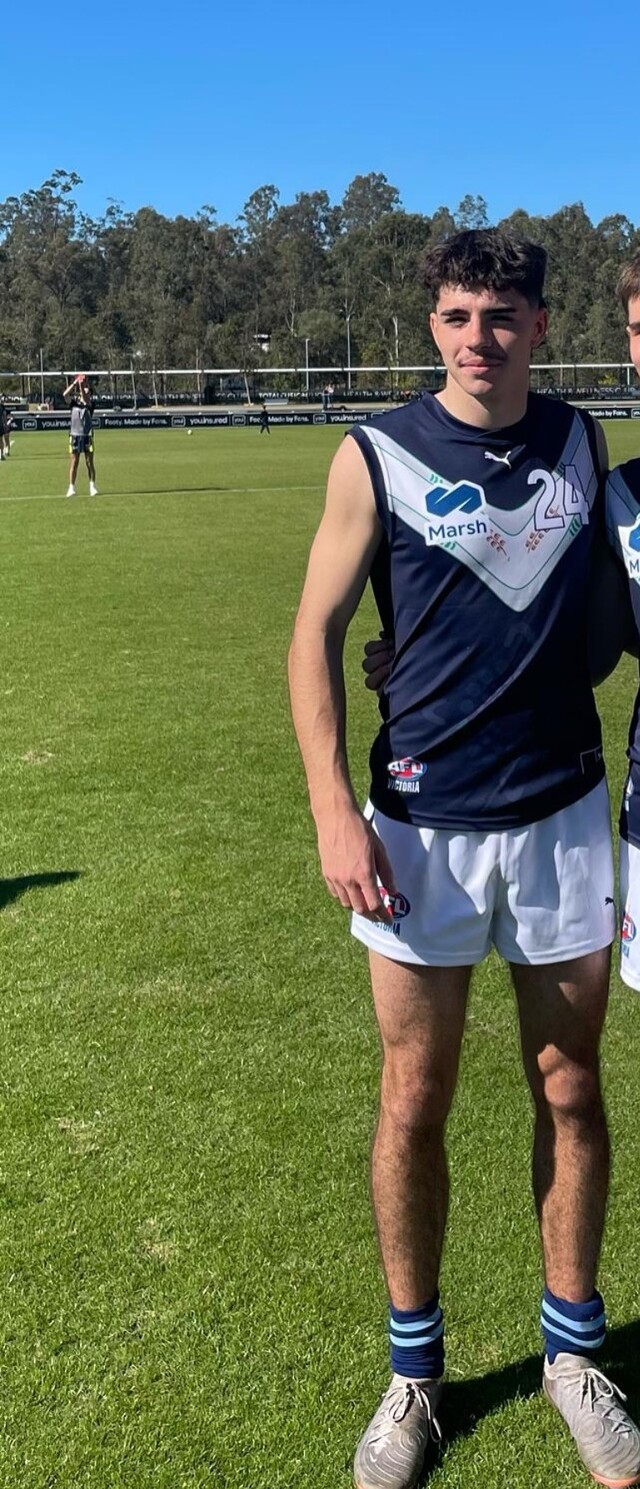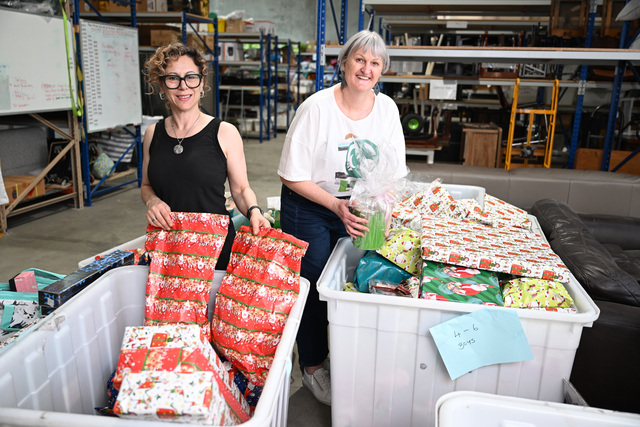Australians looking for love will have more safety protections with dating apps captured by a safety code aimed at improving users’ experiences.
Almost three in four people have experienced online sexual harassment, aggression or violence by someone they had met through an online dating platform in the past five years, according to one study.
One in five reported being threatened and about one in eight people had images or video taken of them without consent.
A voluntary code to which all the major dating app providers have signed up aims to stamp out this behaviour when it comes into force on October 1.
Communications Minister Michelle Rowland said it was an area of continuing concern as the largely unregulated space had resulted in harms, including death, from online abuse on top of it facilitating violence against women and girls.
“We expect these safety improvements to be rapidly realised,” Ms Rowland told AAP ahead of the code coming in.
The most popular apps, including Bumble and Grindr as well as Tinder and Hinge, which are both operated by Match Group, have all signed up to the code.
It means they need to put in place measures to detect potential online harm, take actions against perpetrators to ensure they can’t create new accounts or jump across to another app and have a clear reporting mechanism to help victims.
The companies are further required to better engage with law enforcement and provide resources promoting support.
A Match Group spokesperson pointed to safety tools such as photo and ID verification to prevent perpetrators from jumping across platforms and using AI to detect harmful behaviours and send a warning message to the user.
“This is a pervasive issue and we take our responsibility to help keep users safe on our platform very seriously,” the spokesperson said.
Grindr also said it took safety seriously, with a spokesperson pointing to its online security guide and safety tips.
“We strongly encourage users to report any suspicious behaviour and utilise our video calling feature to verify connections before meeting in person,” the spokesperson said.
Bumble acknowledged sexual and domestic violence was an enormous problem and more heavily affected women, the LGBTQI community and Indigenous people.
“We are unwavering in our support to protect women and marginalised communities,” a spokesperson said.
Measures to boost safety included blocking and reporting users, photo verification, in-app audio to cut out the need to share personal phone numbers or social media and permanent bans for anyone found to violate the app’s terms.
People are blocked and data is preserved as soon as there’s a sexual assault complaint so the company can work with legal requests from law enforcement, Bumble said.
The code isn’t a catch all, with popular platforms such as running apps that allow messaging and other communication services not captured.
This was because their primary purpose wasn’t to connect people, Ms Rowland said.
“I’d be very conscious of scope creep here,” she said, pointing to criminal offences already in place for people who threaten, menace or harass others over a messaging service.
The eSafety commissioner will assess the code’s effectiveness over nine months.
Compliance was expected or the federal government would come over the top with binding regulation if there wasn’t improvement, Ms Rowland said.
Lifeline 13 11 14
beyondblue 1300 22 4636
1800 RESPECT (1800 737 732)
National Sexual Abuse and Redress Support Service 1800 211 028
Fullstop Australia 1800 385 578







